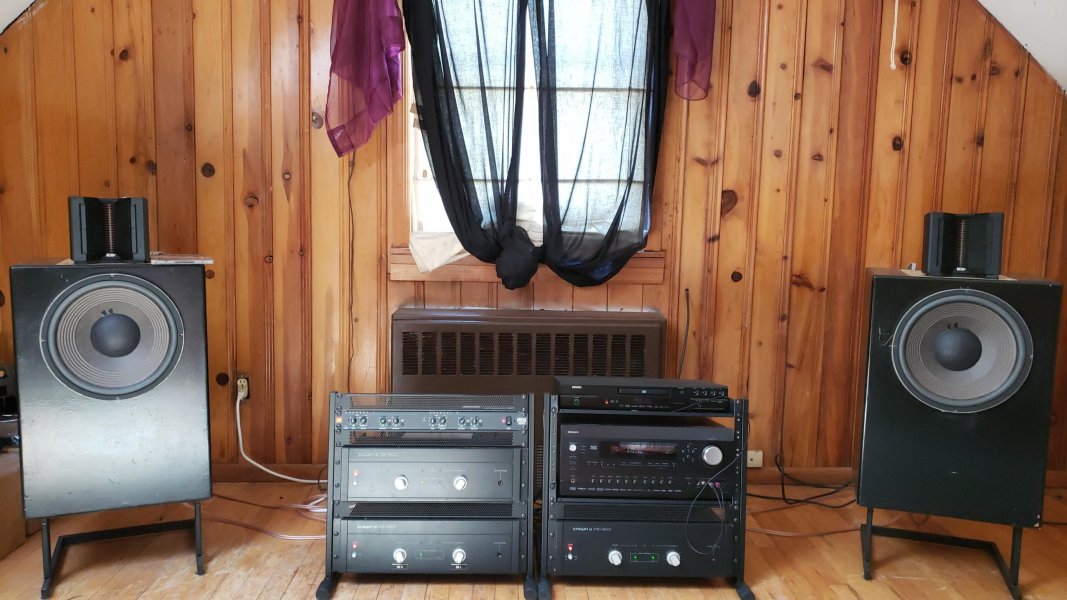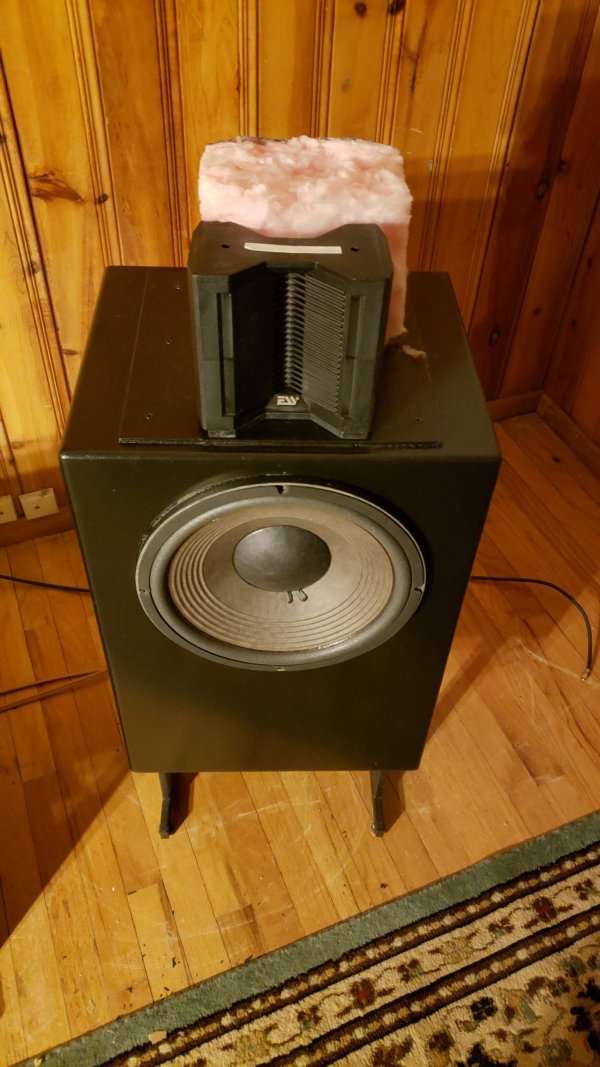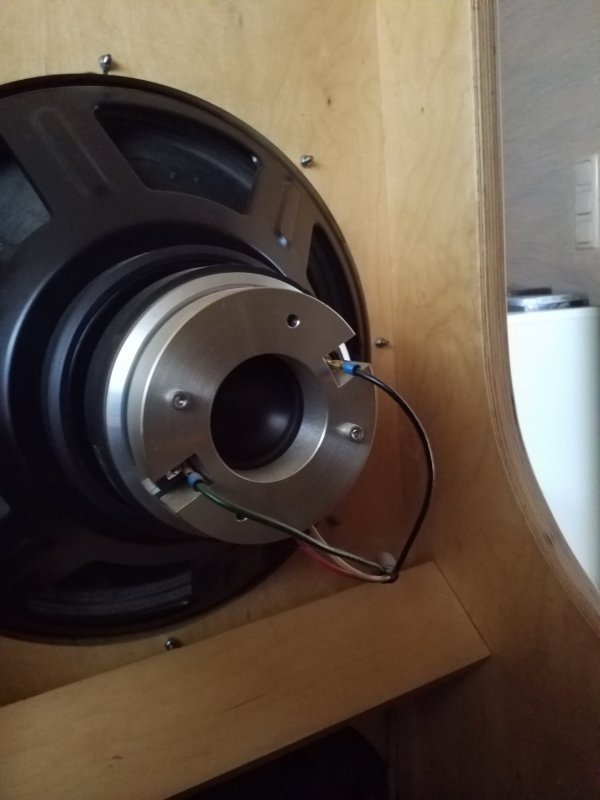Different topologies of loudspeakers offer different presentations of soundstage. To many audiophiles a planar dipole offers a soundstage presentation which sounds different than the soundstage presentation offered by dynamic drivers in boxes.
Do you prefer the soundstage presentation of a line source or of a point source?
How would you describe the differences in soundstage presentation?
And what about a D'Appolito line array of dynamic drivers such as the Evolution Acoustics MM7, Tidal La Assoluta, Gryphon Kodo, Rockport Arrakis, VSA Ultra 11? Does the soundstage presentation of this design come closer to the soundstage presentation of a planar dipole or of a point source?
Do you prefer the soundstage presentation of a line source or of a point source?
How would you describe the differences in soundstage presentation?
And what about a D'Appolito line array of dynamic drivers such as the Evolution Acoustics MM7, Tidal La Assoluta, Gryphon Kodo, Rockport Arrakis, VSA Ultra 11? Does the soundstage presentation of this design come closer to the soundstage presentation of a planar dipole or of a point source?
















